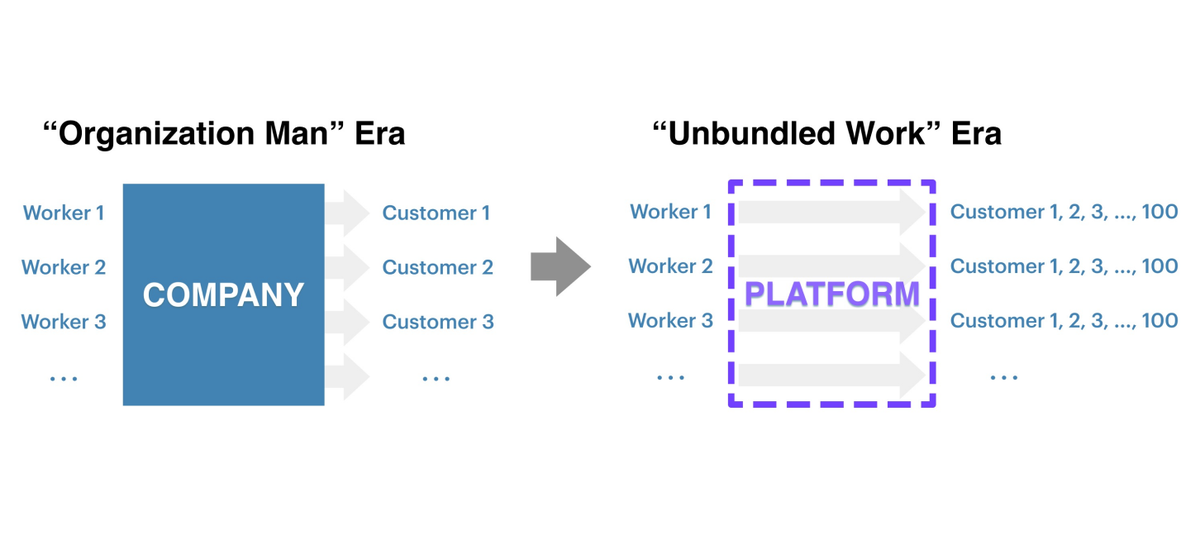
Announcement ✨
I’m launching a cohort-based course on building for the Creator Economy!
I'll teach live classes with amazing guest speakers, including case studies & frameworks I’ve learned from studying this space & meeting w 100s of companies.
Apply: creatoreconomycourse.com
I’m launching a cohort-based course on building for the Creator Economy!
I'll teach live classes with amazing guest speakers, including case studies & frameworks I’ve learned from studying this space & meeting w 100s of companies.
Apply: creatoreconomycourse.com
This course has been a longgg time in the making—it encompasses a ton of original research that I’ve never written or spoken about publicly before. And hear from 🔥 experts like @blakeir and @kevinlin!
Students will be the first people ever to learn from this content.
Students will be the first people ever to learn from this content.
The course will start on Feb. 22 and take place over 3 weeks.
Learn how creator companies overcame the cold start problem, creator-market fit, monetization strategy, & what metrics to measure.
Graduates will be better equipped to build and evaluate creator-focused products.
Learn how creator companies overcame the cold start problem, creator-market fit, monetization strategy, & what metrics to measure.
Graduates will be better equipped to build and evaluate creator-focused products.
Don’t just take my word for it. Here’s what @samyamiam, the CTO and Patreon, had to say:
“Li is one of the deepest thinkers in the creator economy. I'm lucky to have benefited from her frameworks and perspective via our many conversations over the years.” 🤗
“Li is one of the deepest thinkers in the creator economy. I'm lucky to have benefited from her frameworks and perspective via our many conversations over the years.” 🤗
Who is this course for?
- Early-stage founders & employees in the creator space
- Operators at later-stage companies who want to better understand creators as a segment of their user base
- Investors & others who want to better understand the creator economy (i.e. everyone?!)
- Early-stage founders & employees in the creator space
- Operators at later-stage companies who want to better understand creators as a segment of their user base
- Investors & others who want to better understand the creator economy (i.e. everyone?!)
A large part of the experience will be community-based through projects & group learning w/ people actively building in the space.
I’m working with @gaganbiyani, @wes_kao, and @patel0phone’s new startup to offer this, which you can read more about here:
notion.so/Wes-and-Gagan-…
I’m working with @gaganbiyani, @wes_kao, and @patel0phone’s new startup to offer this, which you can read more about here:
notion.so/Wes-and-Gagan-…
To keep it intimate and ensure a great experience, we’re going to limit capacity for how many students we accept.
Apply for a spot & hope to see you there! 👇creatoreconomycourse.com
Apply for a spot & hope to see you there! 👇creatoreconomycourse.com
• • •
Missing some Tweet in this thread? You can try to
force a refresh



